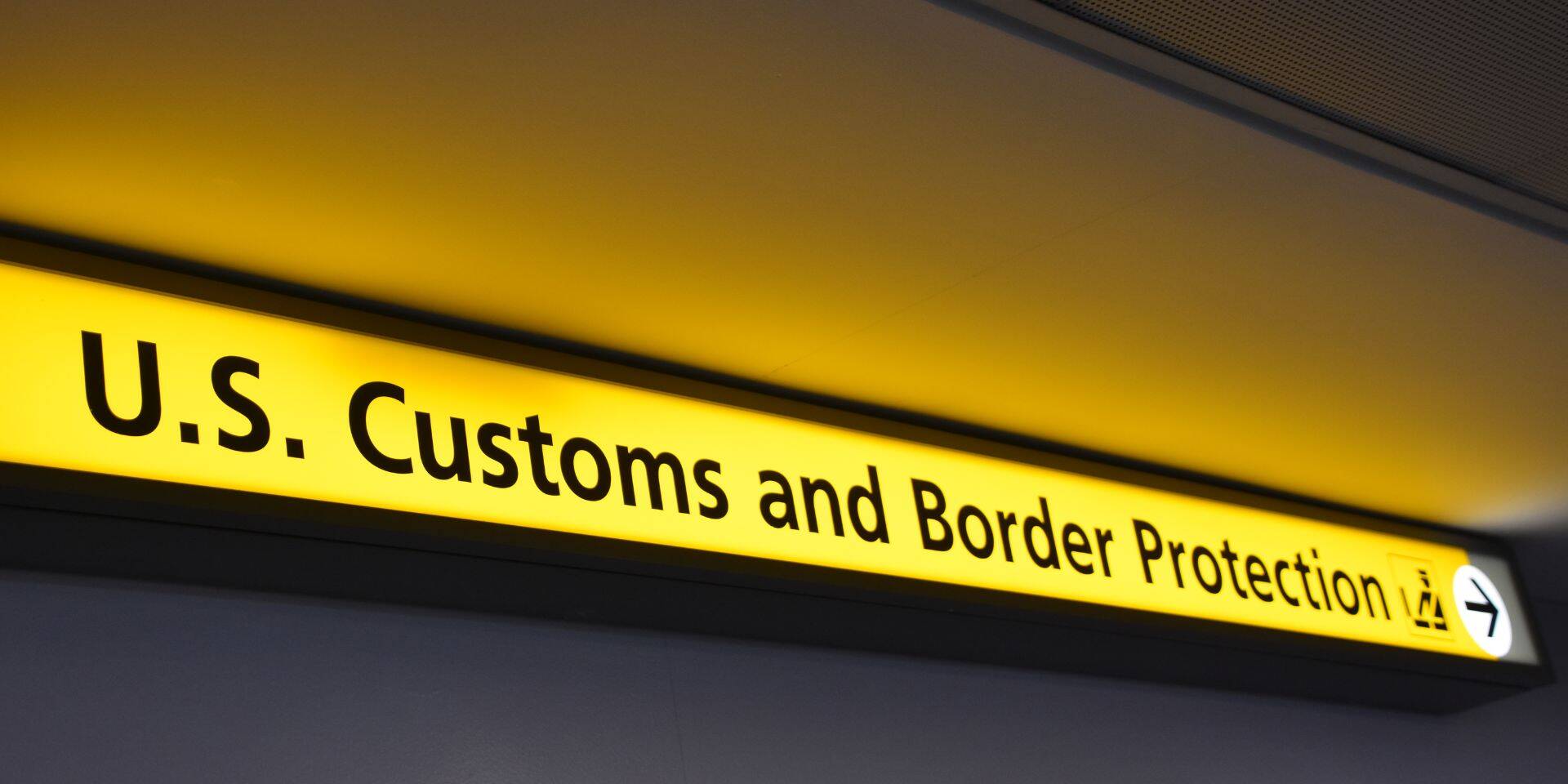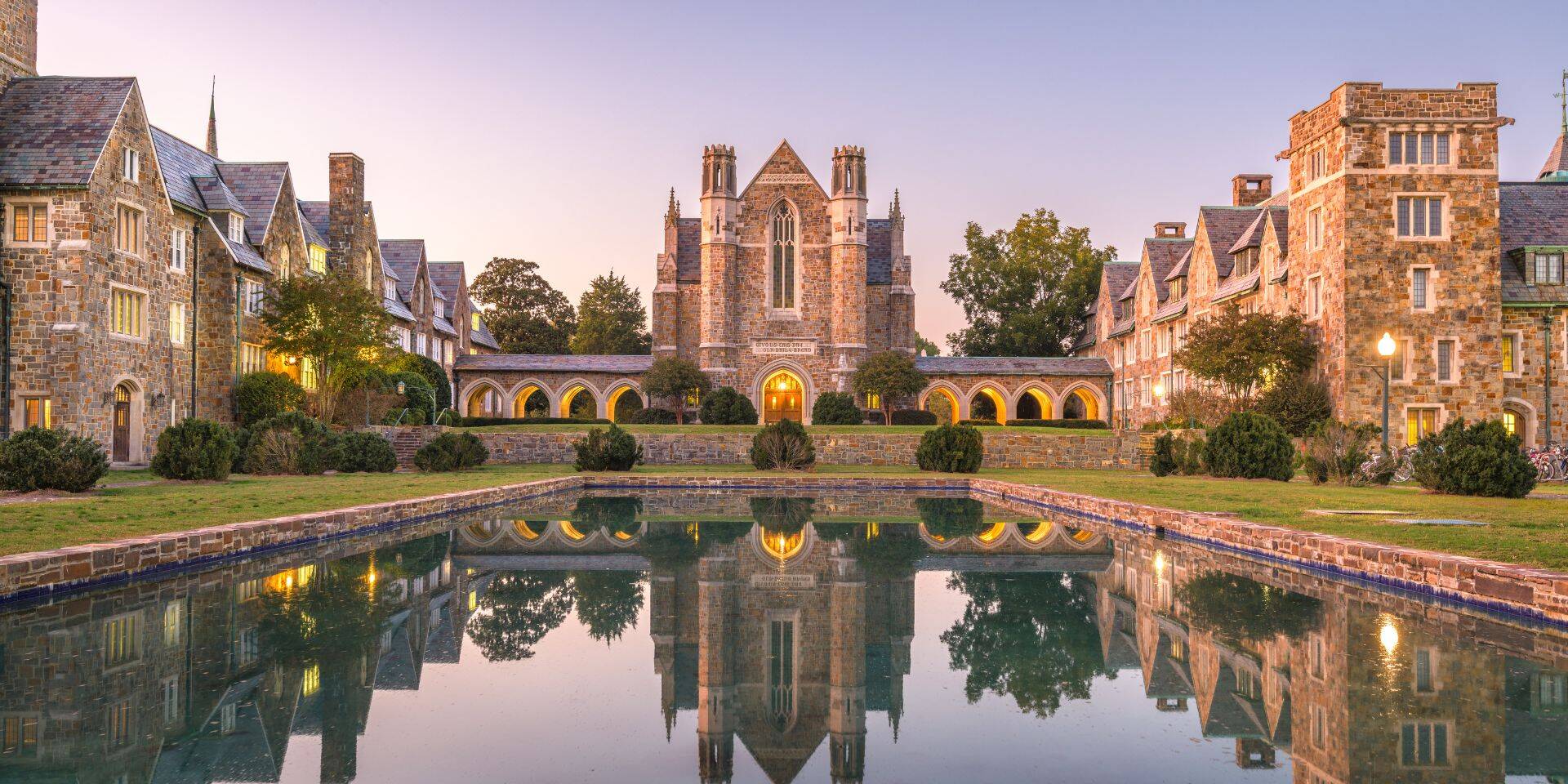The Welcome Corps Program is a two-phase initiative offering a lifeline for qualified refugees, providing needed support. Here we consider the two phases of the Welcome Corps Program and the expansion of the program into colleges and universities.
Phase 1: Currently Active
In this phase, private sponsors who participate in Welcome Corp are matched with refugees whose cases are already approved by U.S Refugee Admissions (USRAP). In the first phase, sponsors do not have a say in who to sponsor and do not get the option to pick a refugee. Refugees are picked out and approved by USRAP. On June 20, 2023, the first refugees to be privately sponsored by Americans through the Welcome Corps arrived in the United States. These refugees were welcomed to Moorhead and Worthington, Minnesota. The Welcome Corps seeks to mobilize at least 10,000 refugees through the program and 5,000 must be through the first phase.
Phase 2: Not Yet Available
This phase lets potential sponsors form a group and pick specific refugees they want to sponsor. The group has the option of picking out family members or loved ones to sponsor. The individuals chosen, however, must meet the eligibility criteria set by the U.S. government. More information about the eligibility criteria is available on the Welcome Corps website. Phase 2 is expected to launch anytime. The second phase was to be launched in mid-2023. However, there is a delay for unknown reasons. Unfortunately, applications cannot yet be submitted. We continue to monitor updates regarding the program.
Who is Eligible to be Sponsored and Identified?
Refugees sponsored through Welcome Corps must meet the eligibility and admissibility criteria approved for resettlement through U.S. citizenship and immigration services, security vetting by U.S. government law enforcement and intelligence agencies, and medical screening.
Refugees’ claims can be considered for resettlement through USRAP. Identifying a specific refugee does not necessarily guarantee the refugee will be sponsored through Welcome Corp. Individuals are first referred to USRAP for consideration. They must meet the eligibility and admissibility criteria to be approved for resettlement.
USRAP is managed by the Department of State, the Department of Homeland Security, and the Department of Health and Human Services. There are several USRAP processing requirements.
Requirements for Refugees Through USRAP for Eligibility and Admissibility
- Registration with UNHCR: The first step is registration with the United Nations Commissioner for Refugees (UNHCR) in the country located, following leaving the individual’s home country.
- Refugee Determination by UNHCR: UNHCR determines if an individual qualifies as a refugee and works towards finding a suitable solution such as safe return, local integration, or resettlement in a third country.
- Referrals to USRAP: U.S. embassies or qualified non-governmental organizations can refer individuals to USRAP, particularly those of concern to the U.S. such as journalists, activists, and others. Some individuals can initiate the process without referrals, including family members of those who are granted asylum.
- Security Vetting: All refugees must undergo mandatory security vetting to ensure they do not pose a threat to the United States.
- Pre-Screening Interview: This requirement is essential for gathering information and assessing eligibility.
- Refugee Adjudication Interview: Applicants will participate in a refugee adjudication interview to provide more detail about their situation and reasons for seeking refuge.
- Medical Examination: A medical exam is conducted to evaluate the health status of applicants.
USRAP determines if individuals are of “special humanitarian concern” to the United States for refugee resettlement. Those identified for third-country resettlement are the most vulnerable within refugee populations. There are other categories referred to as “processing priority” which suggests the order of processing USRAP follows.
- Priority 1: Individual cases referred by designated entities, including UNHCR, U.S. embassies, and certain qualified non-governmental organizations, to the program by their circumstances and apparent need for resettlement.
- Priority 2: Groups of special concern designated by the Department of State as having access to the program under their circumstances and apparent need for resettlement.
- Priority 3: Individual cases from designated nationalities granted access for purposes of reunification with family members already in the United States.
- Priority 4: Individual cases from all nationalities who have been referred by private sponsors in the United States, and who receive post-arrival support and services from those sponsors.
It is important to note that to be considered a refugee, individuals generally need to be OUTSIDE of their country of nationality. Leaving the country of nationality to access USRAP will NOT guarantee referral and access to USRAP.
Welcome Corps Expands to Colleges and Universities
Through Welcome Corps on Campus, refugee students receive academic and community support when they begin their studies in the United States. The U.S. government launched this new service through the Department of State earlier this year. This program allows institutions to enroll refugee students on their campuses. Additional benefits of the program include providing a safe sanctuary and academic opportunities for refugee students.
Campus sponsors work together to welcome and assist refugee students approved for resettlement by the U.S. Refugee Admissions Program. This program provides resettlement spaces and an educational pathway that supports students for overall success. The Welcome Corps on Campus is the first and only education pathway for refugee students that leads to permanent residency in the United States while also offering refugees a chance to earn a higher education degree. Schools are benefiting from more diverse and inclusive campuses through the Welcome Corps. Education institutions are the key organizers in this program.
Students welcomed under the Welcome Corps on Campus include those who are referred to USRAP. The students selected for this program are to be between 18-24 years old and must meet the program’s academic eligibility criteria and have a level of proficiency in English. These students are eligible to pursue associate or bachelor’s degrees. More information about the Welcome Corps Campus program is available on the Welcome Corps website.
ILBSG understands the importance of the Welcome Corps Program for its clients. Our team of legal experts is always prepared to assist with any questions about the program or any other immigration-related issue. Contact us to get the right advice for your specific situation.
Related Posts
May 14, 2025
June 2025 Visa Bulletin: Modest EB-2 and EB-3 Movement, Slight F-4 Movement
The June 2025 visa bulletin will see…
May 8, 2025
Immigration Officials used Criminal Database for Student Visa Terminations
DHS revealed they used the FBI-ran NCIC…



